As I see the semiconductor industry going through significant changes and advances, yet ironically plagued by a growing perception that the pace of scaling is slowing, I was inclined to take a peek into what the industry experts say about the state of the industry and the future of Moore’s Law. Fortunately, at last week’s International… Read More
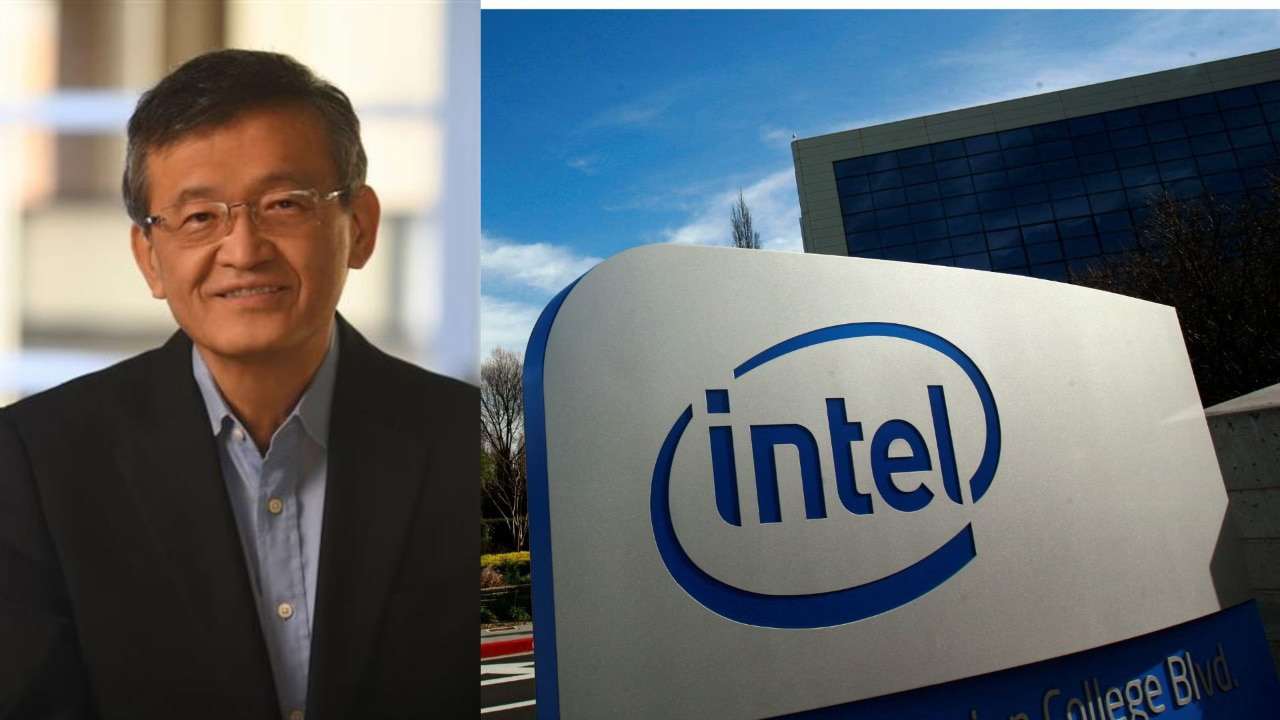 Intel to Compete with Broadcom and Marvell in the Lucrative ASIC BusinessThe second chapter of our book “Fabless: The…Read More
Intel to Compete with Broadcom and Marvell in the Lucrative ASIC BusinessThe second chapter of our book “Fabless: The…Read More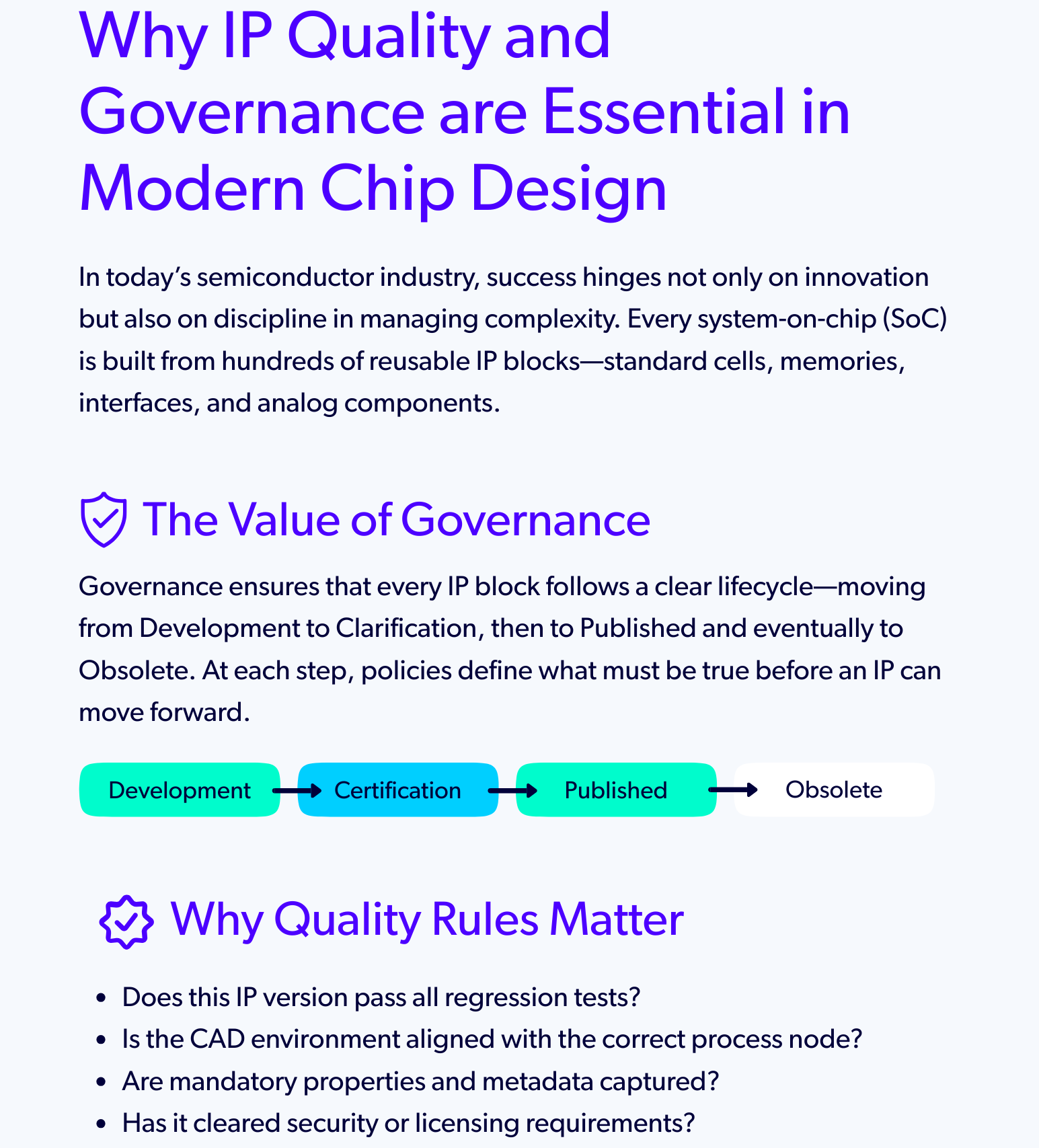 Why IP Quality and Governance Are Essential in Modern Chip DesignBy Kamal Khan In today’s semiconductor industry, success…Read More
Why IP Quality and Governance Are Essential in Modern Chip DesignBy Kamal Khan In today’s semiconductor industry, success…Read More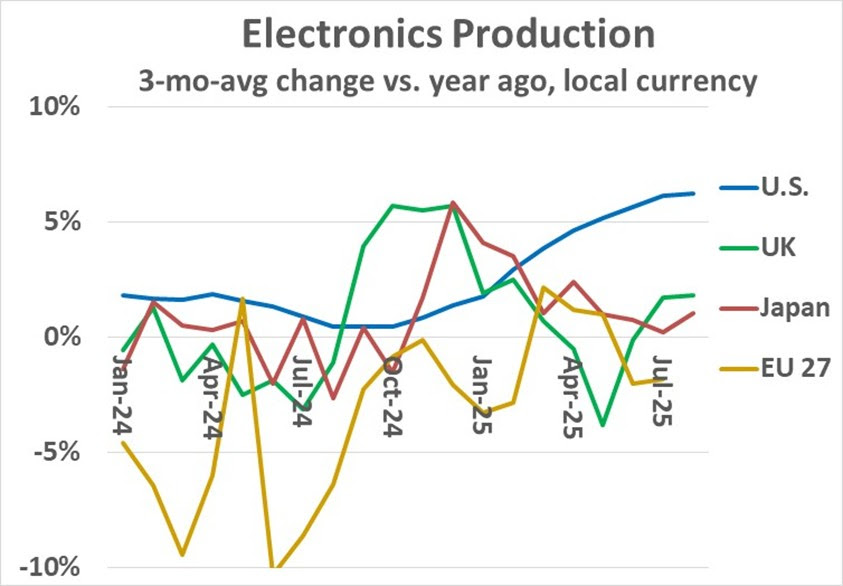 U.S. Electronics Production GrowingU.S. electronics production has been on an accelerating…Read More
U.S. Electronics Production GrowingU.S. electronics production has been on an accelerating…Read More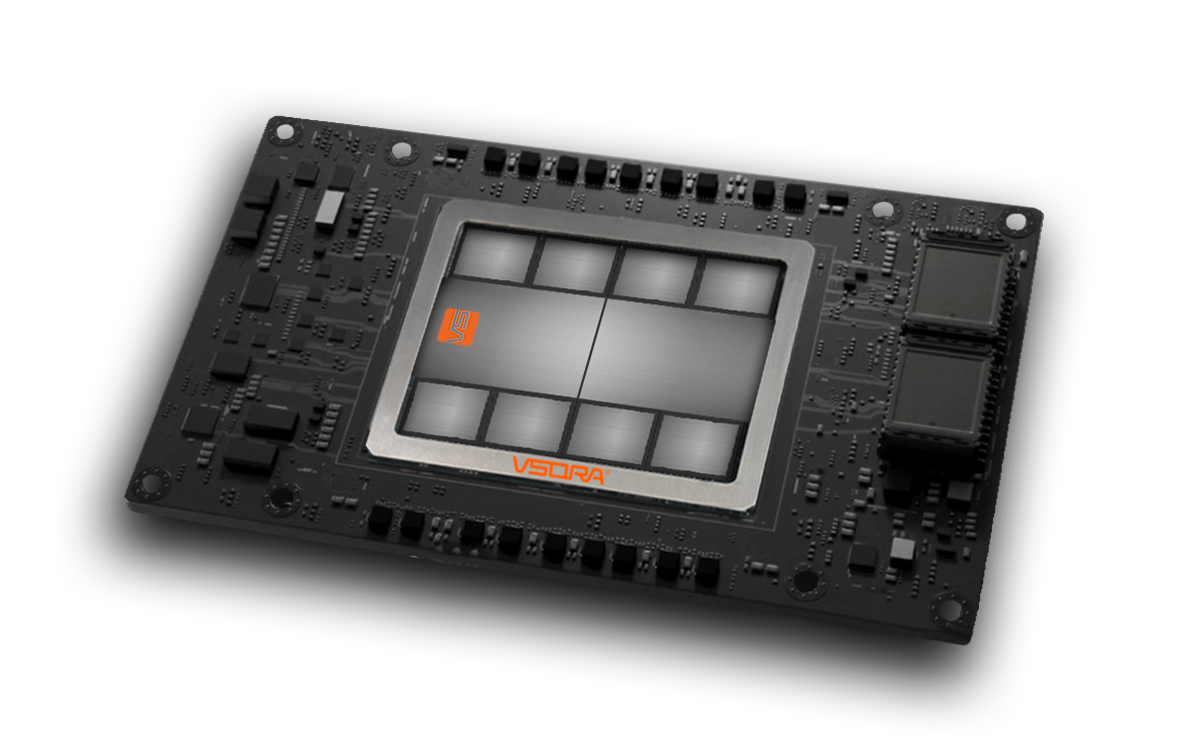 Inference Acceleration from the Ground UpVSORA, a pioneering high-tech company, has engineered a…Read More
Inference Acceleration from the Ground UpVSORA, a pioneering high-tech company, has engineered a…Read MoreEDA and Semi IP Stocks in 2013: MENT, ARMH, CDN, SNPS, ANSS, CEVA, IMG.L
2013 was an up year for the stock markets as both the DJIA and the tech-heavy NASDAQ showed significant growth, so how did EDA and Semi IP companies do in the past 12 months? A quick stock plot from Yahoo Finance shows us that only two of the seven companies beat the NASDAQ: ARMH, MENT.… Read More
Semiconductor equipment back on track
Global semiconductor manufacturing equipment sales have increased each of the last three quarters after dropping significantly in the second half of 2012, based on data from Semiconductor Equipment and Materials International (SEMI) and Semiconductor Equipment Association of Japan (SEAJ). Much of the volatility is in sales… Read More
The hottest real estate? Your wrist!
I first read about the Pebble smartwatch earlier this year and thought “I don’t need yet another electronic device, and certainly not one that’s attached to my body.” Then I felt bad. Am I a troglodyte? It’s true, I do still have an iPhone 4, which is a little embarrassing in Silicon Valley. I have also never worn a wrist watch of any kind,… Read More
The Most Popular Blog Posts at Cadence in 2013
I spend about an hour a day reading blogs from EDA companies, foundries, independent bloggers and of course, SemiWiki. Richard Goering at Cadence assembled a top 10 list of the most popular blogs posted on their site in 2013, revealing that engineers were most interested in: FinFETs, 20nm and smaller nodes, memory technology and… Read More
TSMC: 3D, 450mm, CoWoS and More
The first keynote at the Burlingame 3D conference was by Doug Yu of TSMC. Not surprisingly he was talking about 3D. In particular, TSMC has WLSI technology that they call CoWoS, which stands for chip-on-wafer-on-substrate which pretty much describes how it is built. This is the technology that Xilinx uses for its recently announced… Read More
Complete IP port-folio built in less than two years!
We have posted several blogs related to Cadence IP strategy, or I should say new strategy. Each of these blogs was dealing with a particular product, like PCI Express gen-3 Controller IP, latest DDR4 Memory Controller or Wide I/O. This approach was equivalent to describe trees, one after one, and finally ignoring the forest! It’s… Read More
Fab-U-Less! The 2013 Global Semiconductor Awards!
It was a dinner with more than a thousand semiconductor professionals from around the world keynoted by Author and Editor in Chief of Forbes Magazine Steve Forbes. What more could a humble blogger ask for? Even at $250 a plate it was well worth it just to mingle amongst the people who make this industry so great.
Global Semiconductor… Read More
DAC 2014: Designer Track/IP Call for Submissions
Yes, it is that time of year again, DAC is coming and it is in San Francisco so you can bet we will break attendance records, absolutely. I would like to call on ALL semiconductor IP companies to exhibit this year. IP is the center of the semiconductor design universe, DAC is the premier semiconductor design event, and San Francisco … Read More
Happy Holidays from Atrenta
It is that time of year and once again Atrenta has produced a video wishing you all the best for the holiday season. They are so spread around the world it is not just Hanukkah and Christmas but the Asian Lunar New Year (end of January) and probably some more holidays I don’t even know about. Last year there was a competition to name… Read More





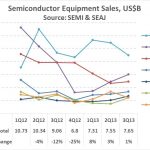


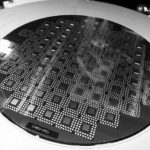
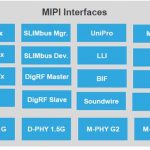


PDF Solutions Charts a Course for the Future at Its User Conference and Analyst Day